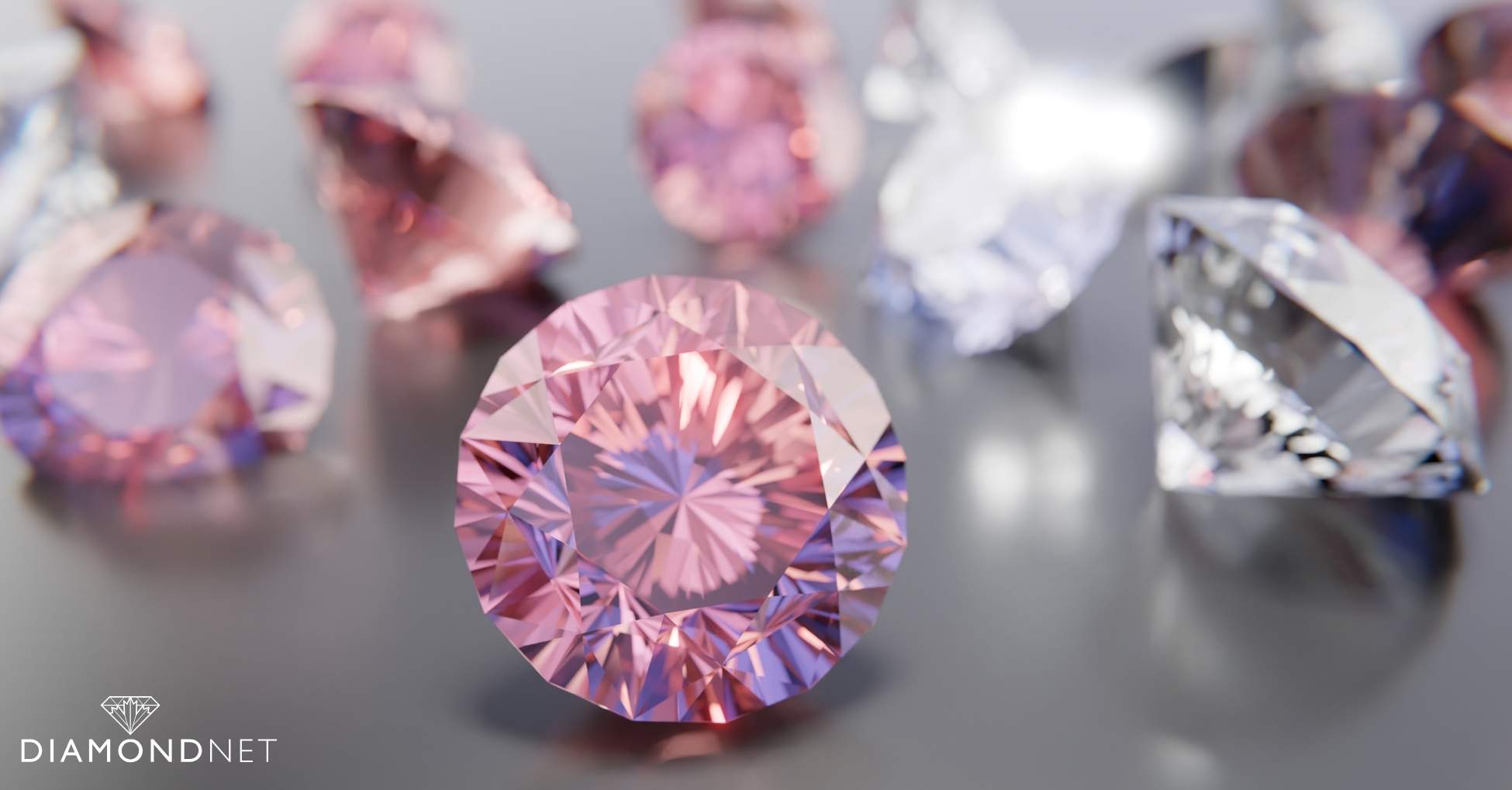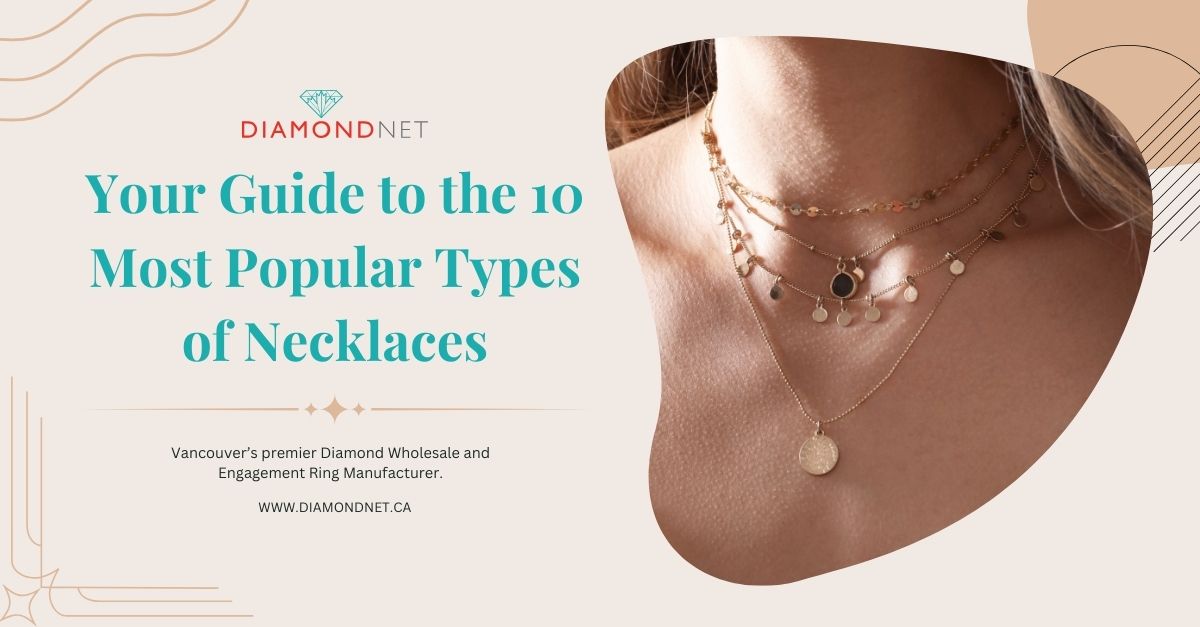When buying diamonds, it’s important to understand the factors that influence their appearance and value. One such factor is diamond fluorescence. This blog explores what diamond fluorescence is, how it affects a diamond’s look and price, and how it can guide your purchasing decisions.
What is diamond fluorescence?
Diamond fluorescence refers to the glow some diamonds emit when exposed to ultraviolet (UV) light. This glow is typically blue but can occasionally appear in other colours, such as yellow or green. Fluorescence occurs due to trace minerals within the diamond reacting to UV light.
Do all diamonds fluoresce?
Approximately 25% to 35% of diamonds exhibit some level of fluorescence when exposed to long-wave UV light. Of these, over 95% emit a blue glow, while a smaller percentage display hues like yellow or green. Depending on personal preferences and the diamond’s characteristics, fluorescence can either enhance or diminish its visual appeal.
Is there a diamond fluorescence grade?
Fluorescence is not a grading factor like the GIA 4Cs (colour, clarity, cut, and carat weight), but it is an identifying characteristic. GIA Diamond Grading Reports and Diamond Dossiers describe fluorescence by its intensity under long-wave UV light.
The fluorescence categories include None, Faint, Medium, Strong, and Very Strong. For diamonds with Medium, Strong, or Very Strong fluorescence, the colour of the fluorescence is also noted, helping buyers understand how prominently the diamond glows under UV light.
How does fluorescence affect appearance in natural vs. artificial light?
Fluorescence can significantly influence a diamond’s appearance based on the type of lighting. Understanding these effects can help buyers make informed decisions.
Natural Light
In natural sunlight, which contains a substantial amount of UV light, diamonds with strong fluorescence often exhibit a noticeable glow, typically blue. This fluorescence can enhance a diamond’s appearance by making it look whiter and brighter, particularly for diamonds with lower colour grades.
For example, a diamond with a slight yellow tint may appear more colourless in sunlight as the blue fluorescence counteracts the yellow.

Artificial Light
The effect of fluorescence under artificial lighting depends on the light source. Incandescent and LED lights emit minimal UV light, making fluorescence less noticeable. As a result, fluorescent diamonds typically appear similar to non-fluorescent ones in indoor settings.
However, under UV-rich light sources like certain fluorescent lamps or black lights, fluorescence can become more prominent, creating a visible glow. This effect can sometimes be dramatic, surprising those unfamiliar with the phenomenon.
Does fluorescence make a diamond sparkle more?
Fluorescence does not directly enhance a diamond’s sparkle. Sparkle is determined primarily by the diamond’s cut quality. However, in specific lighting, fluorescence may create a unique glow that some people perceive as adding to the diamond’s visual appeal.
How does fluorescence affect diamond price?
Fluorescence can significantly influence a diamond’s price, depending on several factors, including intensity, colour, and market perception.
Fluorescence Intensity and Color
Diamonds with strong or very strong fluorescence are often priced lower than non-fluorescent diamonds. This discount stems from concerns that intense fluorescence may cause a hazy or oily appearance in certain lighting conditions.
In contrast, diamonds with faint to medium fluorescence generally show little to no visible difference in typical lighting and are usually not discounted.
Diamond Color
The effect of fluorescence varies across diamond colour grades:
- Colourless diamonds (D-F): Strong fluorescence might give the diamond a milky or cloudy look, lowering its value.
- Near-colourless or slightly coloured diamonds (G-J): Blue fluorescence can enhance these diamonds, making them appear whiter and potentially increasing their value.

Market Perception
Market attitudes toward fluorescence differ by region and culture. In some areas, fluorescence is viewed positively and may not affect pricing significantly. Elsewhere, even faint fluorescence can lead to discounts. These perceptions often depend on consumer awareness and education about fluorescence.
Diamond Certification
Fluorescence grades are documented in certifications such as GIA Diamond Grading Reports, ranging from None to Very Strong. Buyers familiar with these reports can make informed decisions about how fluorescence might impact a diamond’s value.
Personal Preferences
Individual taste plays a crucial role in pricing. Some buyers appreciate the unique glow of fluorescent diamonds under UV light, viewing it as a desirable trait rather than a drawback. These preferences can influence how much buyers are willing to pay.
Why are fluorescent diamonds sometimes cheaper?
Diamonds with strong fluorescence are often priced lower due to concerns about a hazy or oily appearance under certain lighting. However, faint to medium fluorescence typically has little to no impact on price or appearance.
Pricing also depends on factors like fluorescence intensity, diamond colour, and market demand. For example, blue fluorescence can enhance near-colourless diamonds, making them more desirable to some buyers. While strong fluorescence may lead to discounts, other fluorescent diamonds can retain or even increase their value depending on buyer preferences.
Common Myths and Misconceptions About Diamond Fluorescence
Misunderstandings about diamond fluorescence often lead to confusion, affecting purchasing decisions. Let’s clarify some common myths to help you make well-informed choices when buying diamonds.
Myth 1: Fluorescent diamonds always appear hazy
A persistent myth is that all fluorescent diamonds look hazy or oily. While some diamonds with strong fluorescence may appear slightly hazy under certain lighting conditions, this is not always the case. Most diamonds with faint to medium fluorescence appear clear to the naked eye, even in various lighting scenarios.
Myth 2: Fluorescent diamonds are always less valuable
Another misconception is that fluorescence automatically reduces a diamond’s value. Although strong fluorescence can sometimes lead to lower prices, this is not a universal rule.
Many diamonds with faint or medium fluorescence are priced comparably to non-fluorescent diamonds since the visual impact is minimal. Some buyers even prefer fluorescent diamonds for their unique glow under UV light.
Myth 3: Fluorescence makes diamonds look yellow
Some believe that fluorescence gives diamonds a yellowish tint. In reality, most fluorescent diamonds emit a blue glow, which can counteract yellow tones and make the diamond appear whiter in daylight. This effect is especially beneficial for diamonds with lower colour grades.
Myth 4: Fluorescence is a negative trait
Fluorescence is often mistaken for a defect, but it is simply a natural characteristic of some diamonds. Many gem enthusiasts value fluorescence for the distinctive visual effects it creates. In some cases, it can enhance a diamond’s aesthetic appeal and make it stand out.
Myth 5: All diamond reports highlight fluorescence
Not all diamond grading reports prioritize fluorescence. For example, the Gemological Institute of America (GIA) includes fluorescence as part of its reports but does not treat it as a primary grading factor like colour, clarity, cut, and carat weight. While noted, fluorescence does not carry the same weight in the evaluation process.
Pros and Cons of Fluorescent Diamonds for Buyers
Fluorescent diamonds offer several advantages that can enhance their appeal and value, but they also come with potential drawbacks to consider.

Pros
- Enhanced whiteness: Fluorescence can make diamonds with lower colour grades appear whiter and brighter in daylight by counteracting yellowish tones.
- Distinctive glow: Under UV light, fluorescent diamonds emit a unique glow, often blue, which many buyers find attractive and intriguing.
- Lower prices: Diamonds with medium to strong fluorescence are often more affordable, making them a budget-friendly option for larger or higher-quality stones.
- Rarity factor: Strongly fluorescent diamonds are relatively rare, adding a unique appeal that may interest niche collectors or investors.
Cons
- Visual impact: Strong fluorescence can sometimes cause a diamond to appear hazy or oily in certain lighting, reducing its brilliance and clarity.
- Buyer misconceptions: Misunderstandings about fluorescence can lower resale value, as some buyers mistakenly associate fluorescence with poor quality.
- Variable effects: The impact of fluorescence varies with lighting conditions, enhancing the diamond’s appearance in some settings while detracting from it in others, leading to inconsistent visual experiences.
Conclusion
Understanding diamond fluorescence is essential for making informed purchasing decisions. While fluorescence can influence a diamond’s appearance and value, much depends on personal preference. Before purchasing a diamond, consider viewing it under different lighting conditions to see how fluorescence impacts its look.
Ready to choose your perfect diamond? Explore DiamondNet’s collection of certified diamonds, including those with and without fluorescence. Our expert team is here to help you find the perfect diamond that matches your preferences and budget.



